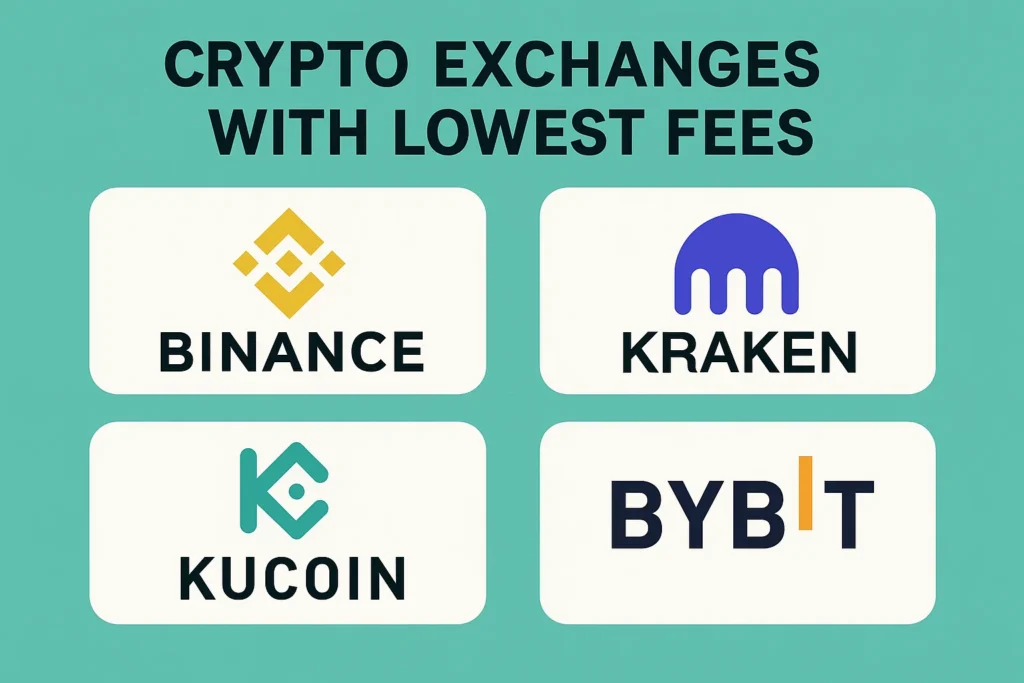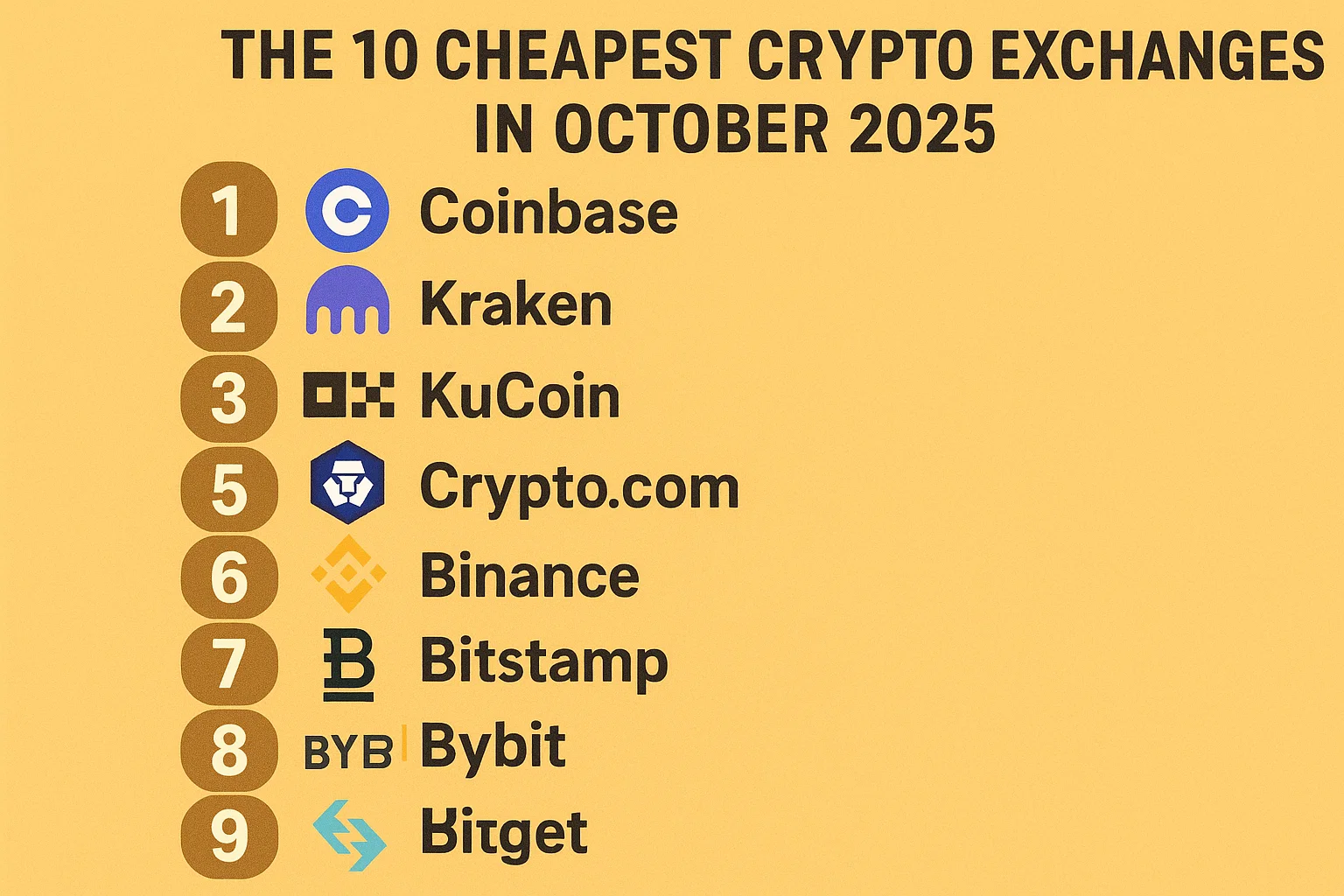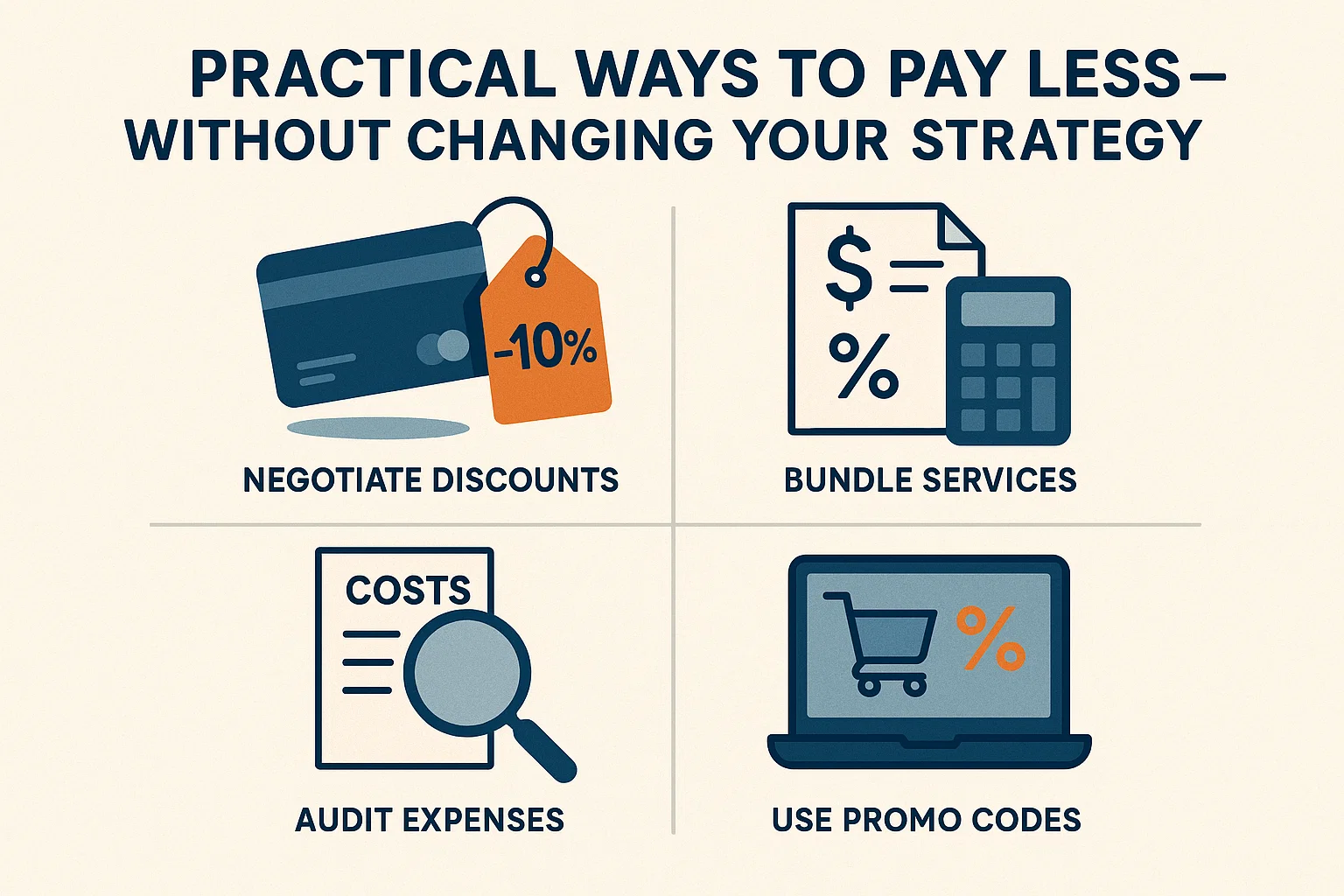Finding the best personal loan rates for bad credit can feel overwhelming when traditional banks keep turning you down. Whether you’re dealing with unexpected medical bills, home repairs, or debt consolidation, having bad credit shouldn’t prevent you from accessing affordable financing options. The good news is that numerous lenders specialize in helping borrowers with less-than-perfect credit scores secure competitive rates and favorable terms.
In this comprehensive guide, we’ll explore the top lenders offering the best personal loan rates for bad credit, share proven strategies to improve your approval odds, and provide insider tips to help you secure the lowest possible interest rates. With the right approach and knowledge, you can find affordable personal loan options even with a credit score below 600.
What Constitutes Bad Credit for Personal Loans?
Before diving into the best personal loan rates for bad credit, it’s essential to understand what lenders consider “bad credit.” Most financial institutions categorize credit scores as follows:
- Excellent Credit: 750-850
- Good Credit: 700-749
- Fair Credit: 650-699
- Poor Credit: 550-649
- Bad Credit: Below 550
However, many lenders extend their definition of bad credit to include scores below 630. If your FICO score falls within this range, you’ll likely need to explore specialized lenders who focus on bad credit borrowers rather than traditional banks.
Your credit score impacts more than just approval odds. It directly influences the interest rates, loan terms, and maximum loan amounts lenders will offer. Understanding your credit position helps set realistic expectations and guides you toward the most suitable lending options.
Top Lenders Offering the Best Personal Loan Rates for Bad Credit

Traditional Online Lenders
Avant stands out as one of the most accessible options for borrowers seeking the best personal loan rates for bad credit. They accept credit scores as low as 580 and offer loans ranging from $2,000 to $35,000. Interest rates typically range from 9.95% to 35.99%, with repayment terms from 24 to 60 months. Avant’s streamlined application process and quick funding make it an attractive choice for emergency situations.
OneMain Financial specializes in serving borrowers with fair to poor credit. They offer both secured and unsecured personal loans with amounts ranging from $1,500 to $20,000. While their interest rates can be higher than some competitors, they provide the advantage of local branch locations and personalized service. OneMain considers factors beyond credit scores, including employment history and income stability.
LendingPoint caters specifically to borrowers with credit scores between 580 and 680. They offer loan amounts from $2,000 to $25,000 with competitive rates considering the target demographic. LendingPoint’s automated underwriting system provides quick decisions, often within minutes of application submission.
Credit Union Options
Credit unions frequently offer the most competitive rates for bad credit personal loans. Navy Federal Credit Union extends membership to military families and offers personal loans with rates as low as 7.49% APR for qualified members. PenFed Credit Union provides similar benefits with slightly broader membership requirements.
Local credit unions often provide the most personalized approach to lending. They consider your relationship history, local employment stability, and overall financial picture rather than relying solely on credit scores. This holistic approach often results in better rates and more flexible terms than traditional banks.
Peer-to-Peer Lending Platforms
Prosper and LendingClub revolutionized personal lending by connecting borrowers directly with individual investors. These platforms often accommodate credit scores as low as 600 and offer competitive rates through their auction-style lending process. Borrowers create listings detailing their loan purpose and financial situation, allowing investors to fund loans based on perceived risk and return potential.
Understanding Interest Rates and Terms
APR vs. Interest Rate
When comparing the best personal loan rates for bad credit, focus on the Annual Percentage Rate (APR) rather than just the stated interest rate. APR includes all loan costs, including origination fees, processing charges, and other associated expenses. This comprehensive figure provides a more accurate comparison between different loan offers.
Most bad credit personal loans carry APRs ranging from 18% to 36%, significantly higher than rates offered to borrowers with excellent credit. However, these rates often beat credit card interest rates and payday loan alternatives, making personal loans a more affordable debt solution.
Loan Term Considerations
Longer repayment terms reduce monthly payments but increase total interest paid over the loan’s lifetime. Conversely, shorter terms mean higher monthly payments but less total interest expense. When evaluating the best personal loan rates for bad credit, consider your budget constraints and long-term financial goals.
Most lenders offer terms ranging from 24 to 84 months for bad credit borrowers. Choose the shortest term you can comfortably afford to minimize total borrowing costs while ensuring manageable monthly payments.
Strategies to Secure Better Rates
Improve Your Credit Score Before Applying
Even small credit score improvements can significantly impact loan rates and terms. Focus on paying down existing credit card balances, ensuring all payments are current, and disputing any inaccurate information on your credit reports. A 50-point credit score increase could potentially save thousands in interest charges.
Consider becoming an authorized user on a family member’s account with excellent payment history. This strategy can boost your credit score relatively quickly if the primary account holder maintains responsible credit habits.
Consider a Co-signer
Adding a co-signer with excellent credit dramatically improves your chances of securing the best personal loan rates for bad credit. The co-signer assumes equal responsibility for loan repayment, reducing the lender’s risk and often resulting in significantly lower interest rates and better terms.
Choose co-signers carefully, as missed payments will negatively impact both credit profiles. Ensure clear communication about payment responsibilities and maintain transparency throughout the loan term.
Provide Collateral When Possible
Secured personal loans use assets like savings accounts, certificates of deposit, or vehicles as collateral. This additional security allows lenders to offer more competitive rates, even to borrowers with bad credit. While risking asset loss if you default, secured loans often provide the pathway to the best personal loan rates for bad credit.
Alternative Lending Options
Online Marketplace Lenders
Upstart uses artificial intelligence and alternative data points like education and employment history to evaluate loan applications. This innovative approach often benefits borrowers whose credit scores don’t reflect their true creditworthiness. Upstart offers loans from $1,000 to $50,000 with competitive rates for their target demographic.
Best Egg provides personal loans specifically designed for credit improvement. They offer financial education resources alongside competitive loan products, helping borrowers understand and improve their credit profiles while accessing needed funding.
Community Development Financial Institutions (CDFIs)
CDFIs focus on serving underserved communities and often provide more flexible underwriting standards than traditional lenders. These nonprofit organizations prioritize financial inclusion and may offer some of the best personal loan rates for bad credit available in certain geographic areas.
Research CDFIs operating in your area through the CDFI Fund’s online directory. These institutions often provide additional financial counseling and education services to help improve your long-term financial health.
Application Process and Documentation

Required Documentation
Prepare necessary documentation before beginning your application process. Most lenders require proof of income, employment verification, bank statements, and identification documents. Having these materials readily available speeds up the application and approval process.
Self-employed borrowers may need additional documentation, including tax returns, profit and loss statements, and business bank account records. Prepare comprehensive financial records to demonstrate income stability and repayment capacity.
Pre-qualification Benefits
Many lenders offer pre-qualification processes that provide estimated loan terms without impacting your credit score. This soft credit check allows you to compare multiple offers and identify the best personal loan rates for bad credit before submitting formal applications.
Use pre-qualification tools from multiple lenders to understand your options fully. This approach helps you make informed decisions and avoid unnecessary hard credit inquiries that could further impact your credit score.
Red Flags to Avoid
Predatory Lending Practices
Be cautious of lenders requiring upfront fees, guaranteeing approval regardless of credit history, or pressuring you into immediate decisions. Legitimate lenders never guarantee approval without reviewing your financial information or demand payment before loan funding.
Research any unfamiliar lender thoroughly through the Better Business Bureau and state regulatory agencies. Read customer reviews and verify licensing in your state before providing personal financial information.
Unrealistic Rate Promises
While seeking the best personal loan rates for bad credit, remain realistic about available options. Extremely low rates advertised for bad credit borrowers often come with hidden fees, variable rate structures, or require excellent credit despite marketing claims.
Focus on reputable lenders with transparent fee structures and realistic rate ranges for your credit profile. Legitimate lenders provide clear terms and conditions without hidden surprises.
Building Credit for Future Borrowing
Responsible Loan Management
Successfully managing your personal loan builds positive payment history and demonstrates creditworthiness to future lenders. Make all payments on time and consider setting up automatic payments to avoid missed due dates.
Avoid taking on additional debt while repaying your personal loan unless absolutely necessary. Focus on improving your overall financial picture to qualify for better rates on future borrowing needs.
Long-term Financial Planning
Use your personal loan experience as a stepping stone toward better financial health. Create a budget that accommodates loan payments while building emergency savings to avoid future borrowing for unexpected expenses.
Consider working with a nonprofit credit counseling agency to develop comprehensive debt management strategies and improve your long-term financial outlook.
Conclusion
Finding the best personal loan rates for bad credit requires research, patience, and strategic planning. While your options may be more limited than borrowers with excellent credit, competitive rates and favorable terms remain accessible through specialized lenders, credit unions, and alternative platforms.
Start by checking your credit score and exploring pre-qualification offers from multiple lenders. Compare APRs, terms, and fees to identify the most suitable option for your financial situation. Remember that successfully managing a personal loan can improve your credit profile and open doors to better borrowing opportunities in the future.
Don’t let bad credit prevent you from accessing the financing you need. Take action today by researching the lenders mentioned in this guide and beginning the pre-qualification process. With the right approach and information, you can secure the best personal loan rates for bad credit and take an important step toward achieving your financial goals.




















